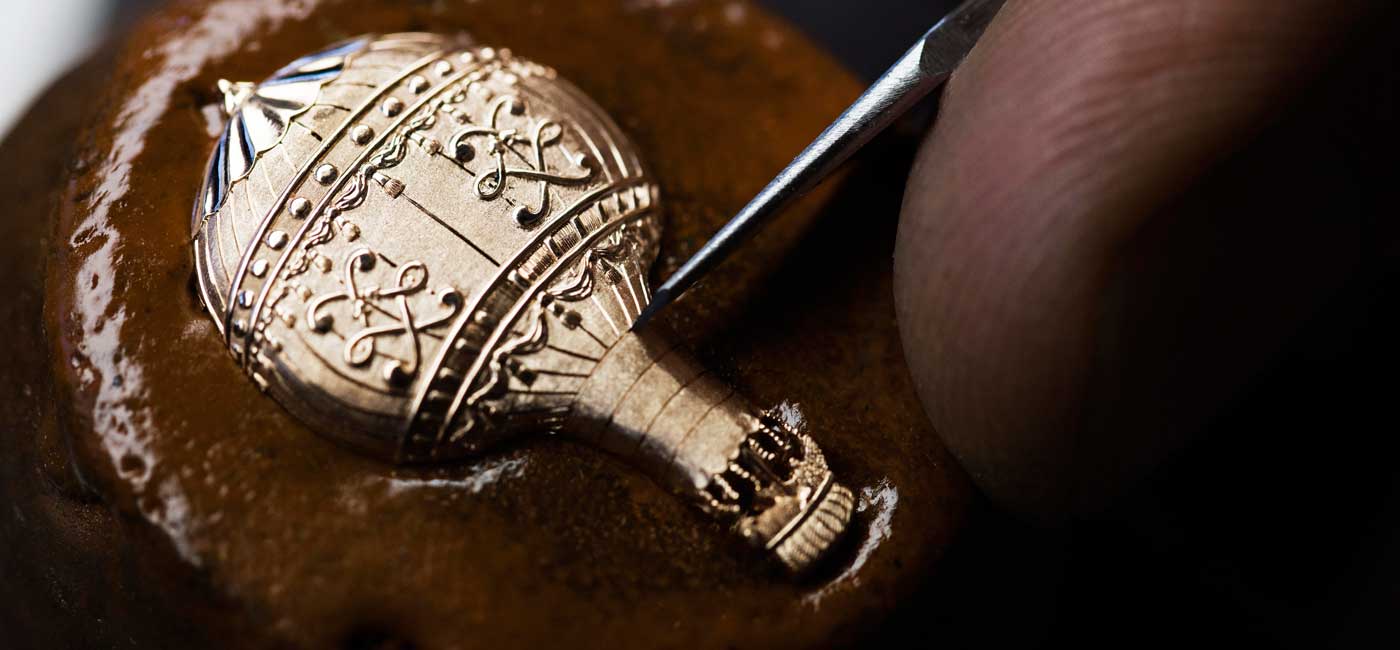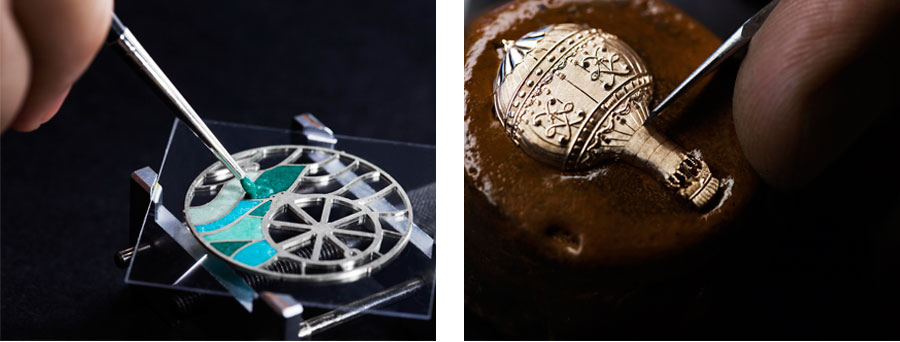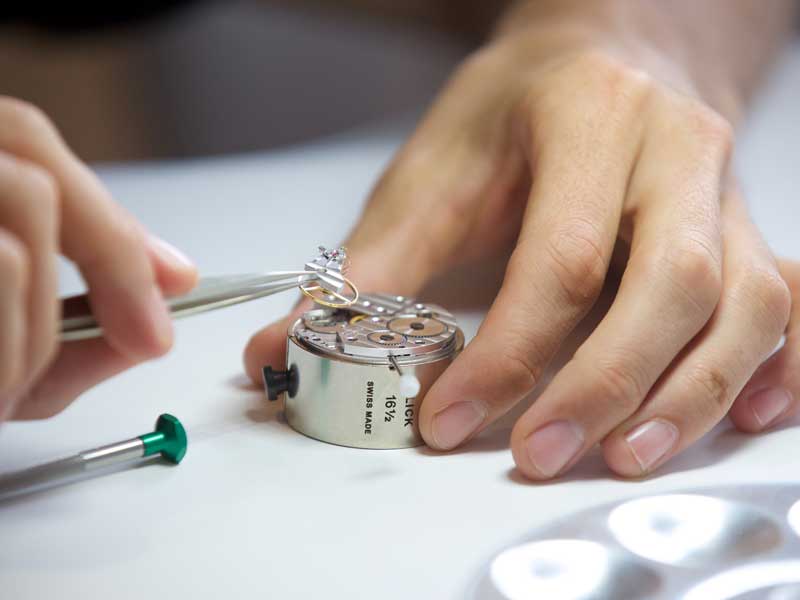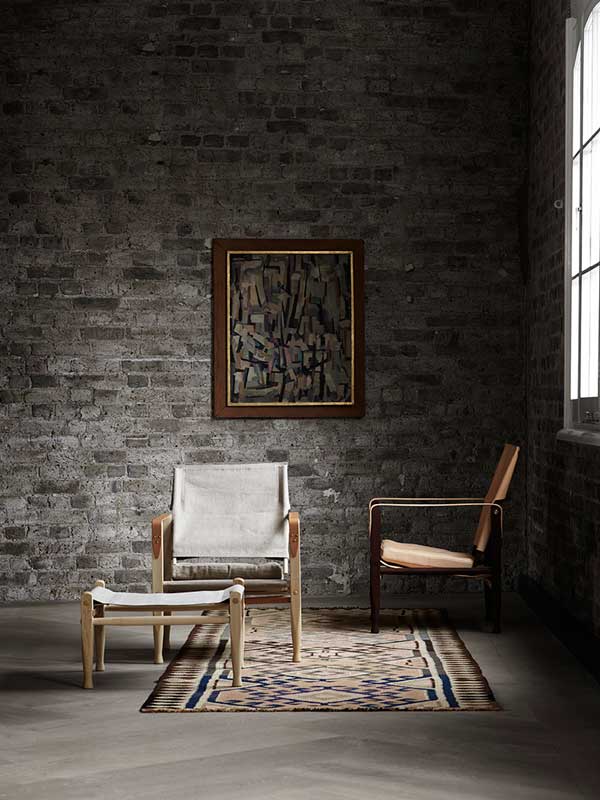Born and bred in Sheffield, Dame Jessica Ennis-Hill fell under the spell of athletics at 9 years of age, encouraged by her parents who were quite sporty themselves. Few could have then guessed that in 20 years she would have achieved one of the most successful careers in track and field sport by any female athlete, ever. Now retired and a mum of two, Jessica looks forward to the future with a big smile and bags of enthusiasm.
Q: Your athlete adult career has been a long list of successes, from the bronze medal at the 2006 Commonwealth Games to being three times Heptathlon World Champion, not to mention your incredible success and the London and Rio Olympics. What have been the sweetest medals in your career?
A: I would have to say there are two: first, my gold medal at the London Olympics. This not only fulfilled my lifelong dream of winning the Olympics but it happened in London, in front of a home crowd. It was such an amazing experience! Then winning gold in Beijing in 2015 has to be one of my greatest achievements. It was just a year after having my son Reggie and the journey back to being at my best had been really tough. I did not believe I could win gold so the victory was so sweet.
I cannot ignore being awarded the gold the 2011 World Championship gold this year in the London Olympic stadium after it had been re-allocated due to the disqualification of the Russian athlete who won in 2011. To stand on the podium at 8 months pregnant and receive my third world gold was pretty surreal and the crowd was amazing.
Q: How do you see the future of athletics in the UK? What do you think could be done to encourage children to take up athletics in larger numbers?
A: I think a lot is being said about the next generation after a few of us have retired, but I truly believe we have some really talented young athletes coming through – hopefully they will peak in Tokyo. I do however feel that athletics needs to keep moving with the times and find ways to engage with young kids as there are so many distractions for them. I am not sure what exactly we can do with the format but keeping it engaging, exciting and accessible is important.
Q: Your parents introduced you to athletics, Toni has been your coach since you were 13 and you met your husband in secondary school. How important has your husband’s and your family’s support been in your career? And the consistency of having the same coach since you were 13? Are these the 3 pillars of your stability?
A: It all started out with a really great childhood and supportive and loving parents. Living and staying in Sheffield has definitely been really important in creating the person I am. I have an amazing support system from my family and my husband and from his family too.
Having the same coach and team behind me for much of my career has been important; I am not keen on change so having Toni as a constant and the team he pulled together definitely made me feel fully supported in my career.
Q: You are writing children books, a series for Hodder called Evie’s magic bracelet. The third book in the series launched recently. When can we expect the next one? Do you think you’ll keep writing after Evie’s series?
A: There are 7 Evie stories in total – there are two more coming out this year. I have loved every minute of being involved in children’s stories and love the feedback from children. I am definitely keen to continue writing more after this series.
Q: Part of the work you do includes being ambassador for a couple of charities in Sheffield. How much of your time does your charity work take?
A: I am an ambassador for the Sheffield Children’s Hospital and the Weston Park Cancer Hospital in Sheffield – these are the main charities that I support. I like to feel that what I do is really having an impact on my local community. I also support Comic and Sport Relief and Fashion Targets Breast Cancer.
Q: You are also an ambassador for Omega. What do you enjoy the most of your role with this classic watch brand?
A: I have been an ambassador for Omega for six years and most of all I enjoy being part of the Omega family. As a company Omega is a pleasure to work with – the team are all passionate and engaging. I feel proud to wear their watches and jewelry and also of their heritage in sport as a timekeeper.
Q: I guess that with Olivia’s arrival you will slow down for a while. Will you use this time to think of what to do next? Do you have any specific ideas yet?
A: I have been super busy since my retirement from the track – I have been working on the Evie series and with some of my long term sponsors – Adidas, Vitality, Santander and Omega, and have been planning new projects that are all in the health and wellbeing sector. I am super excited about the future.






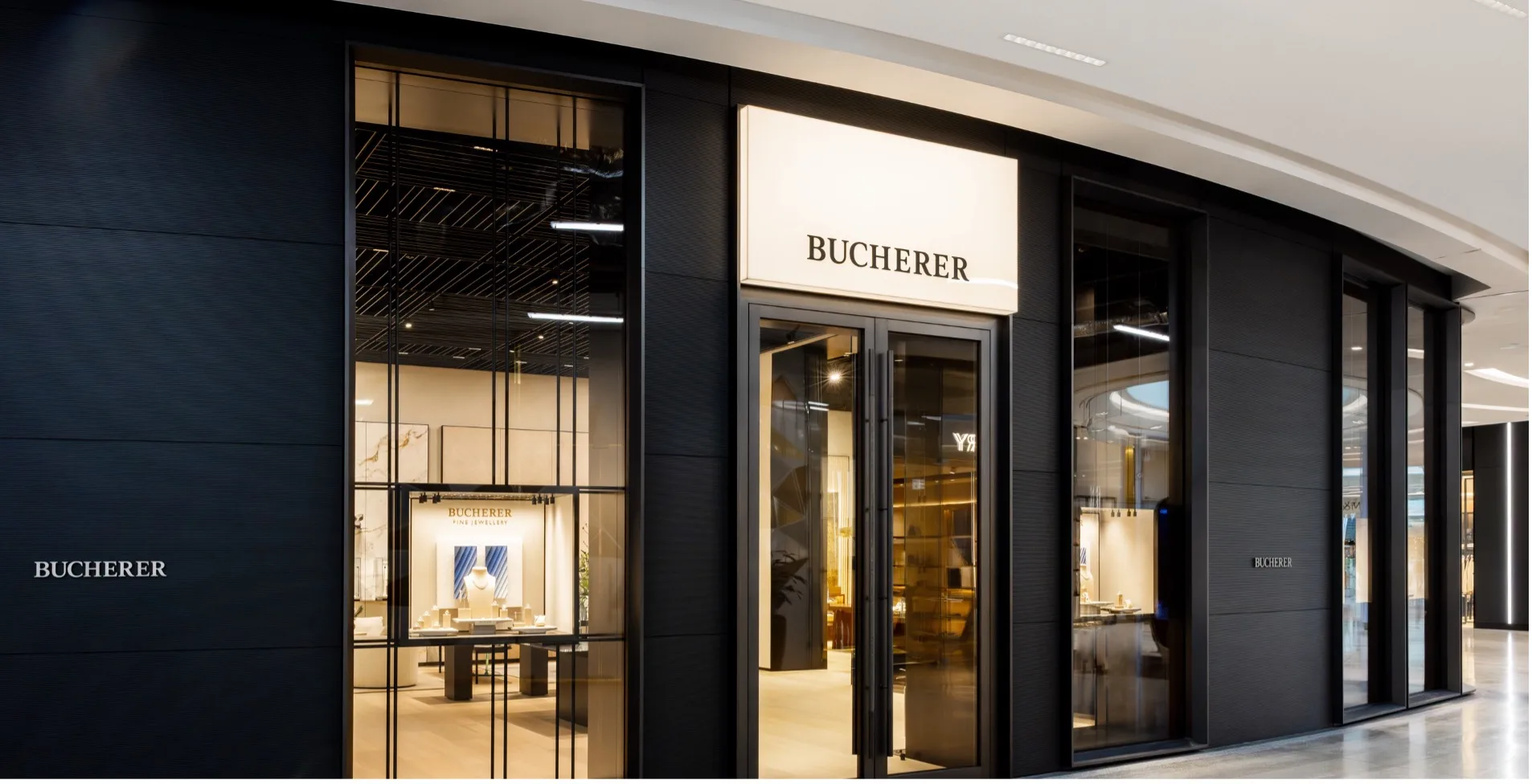
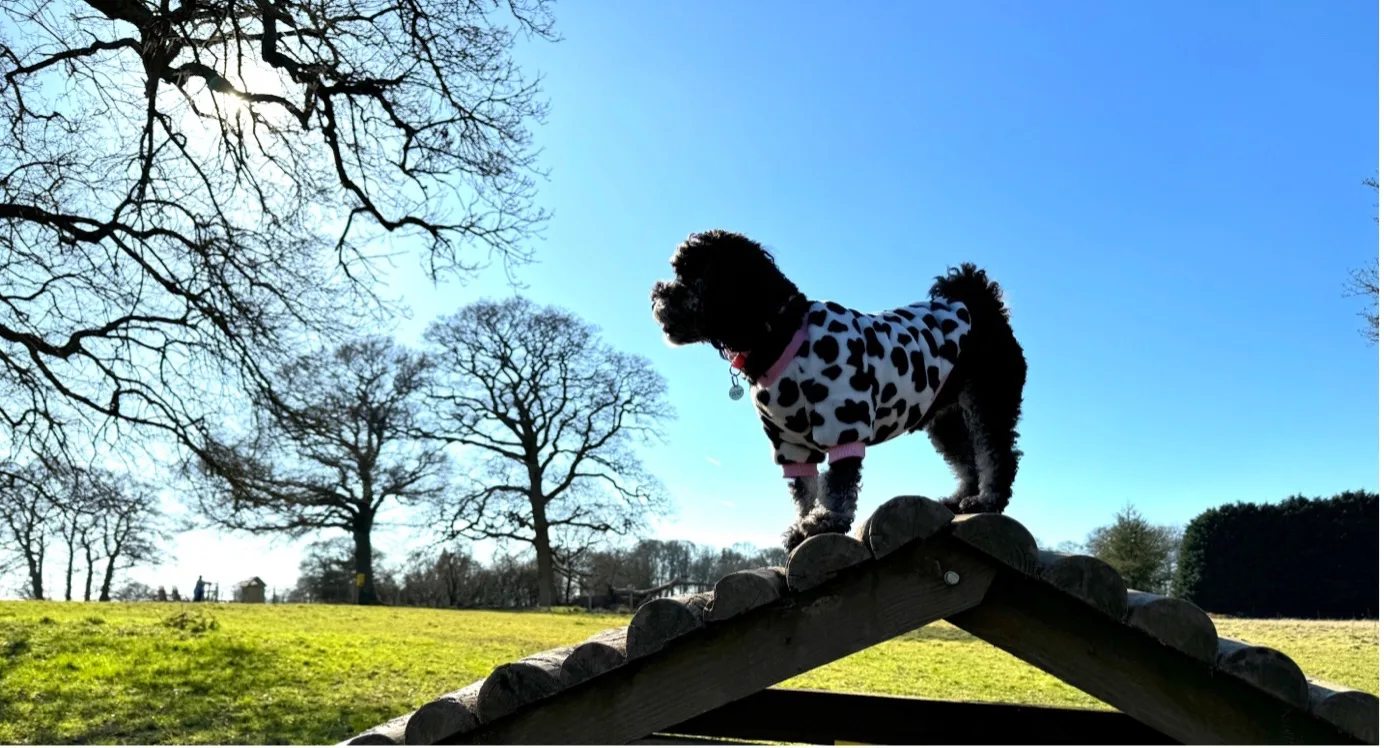
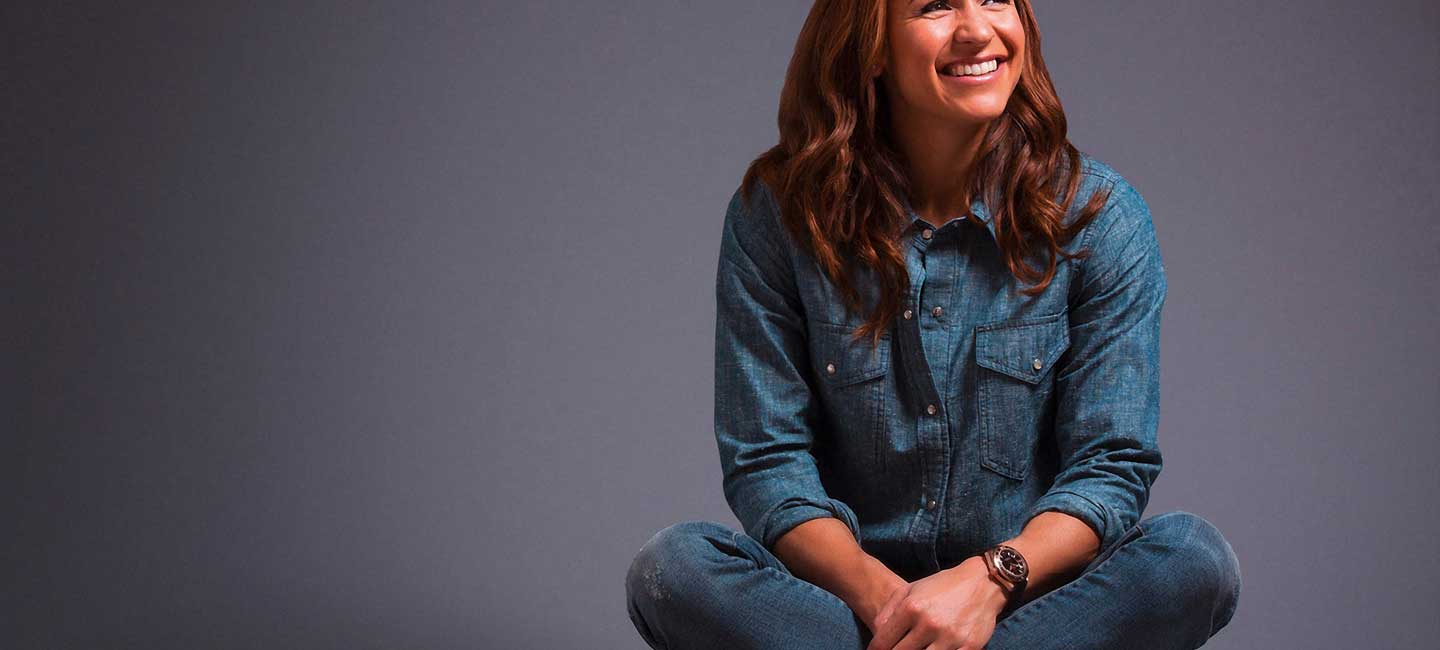
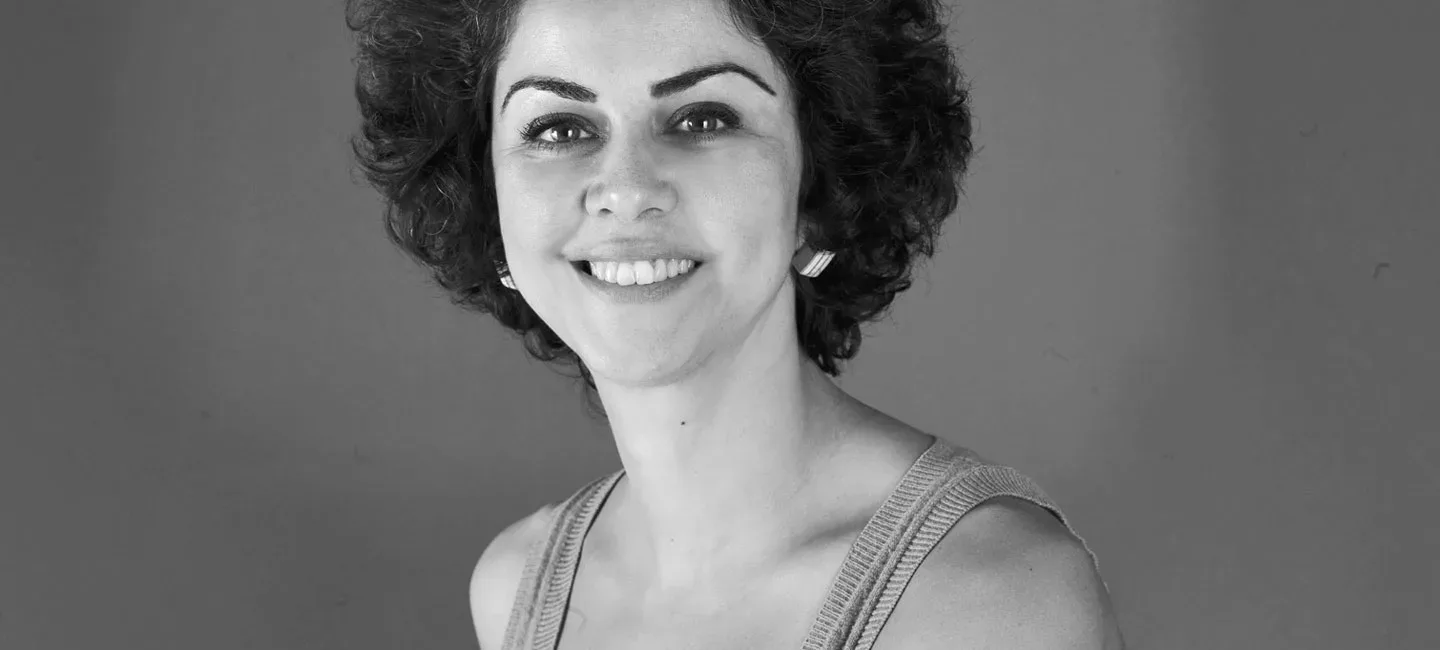
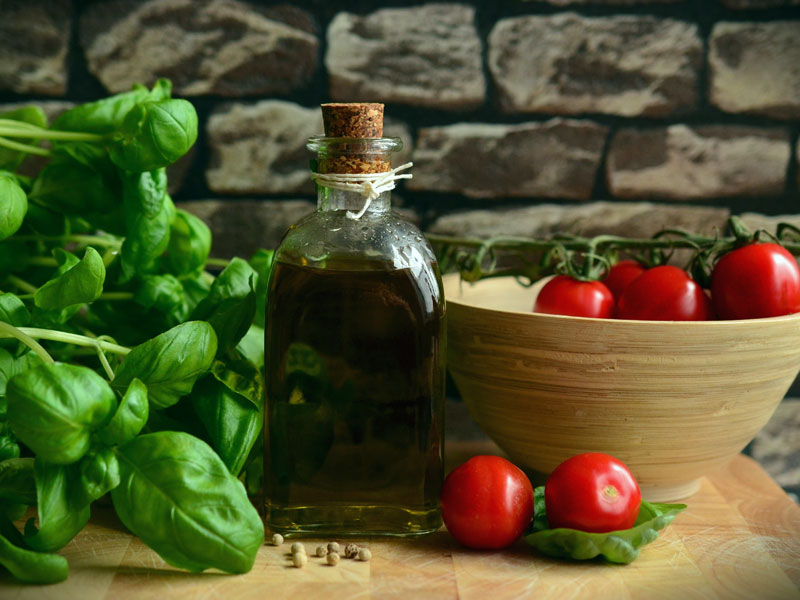
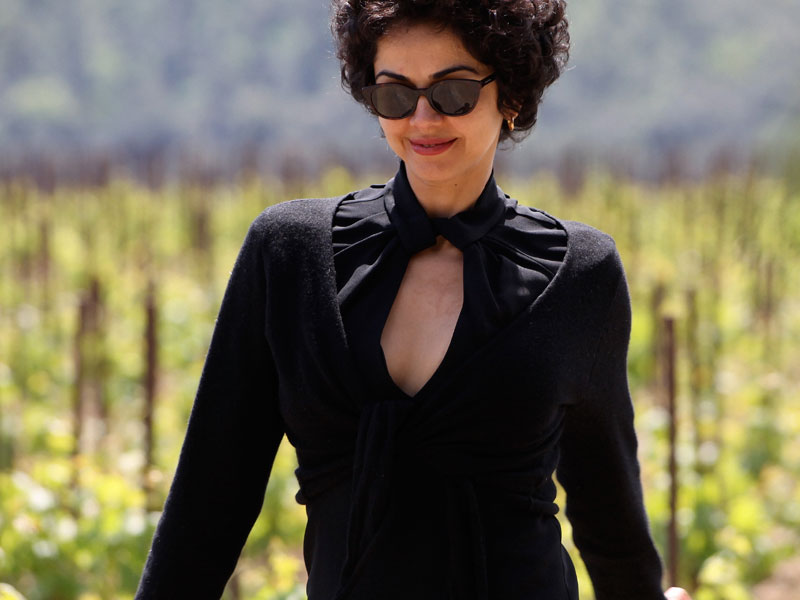
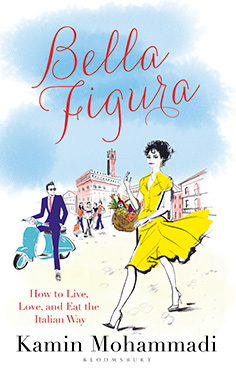
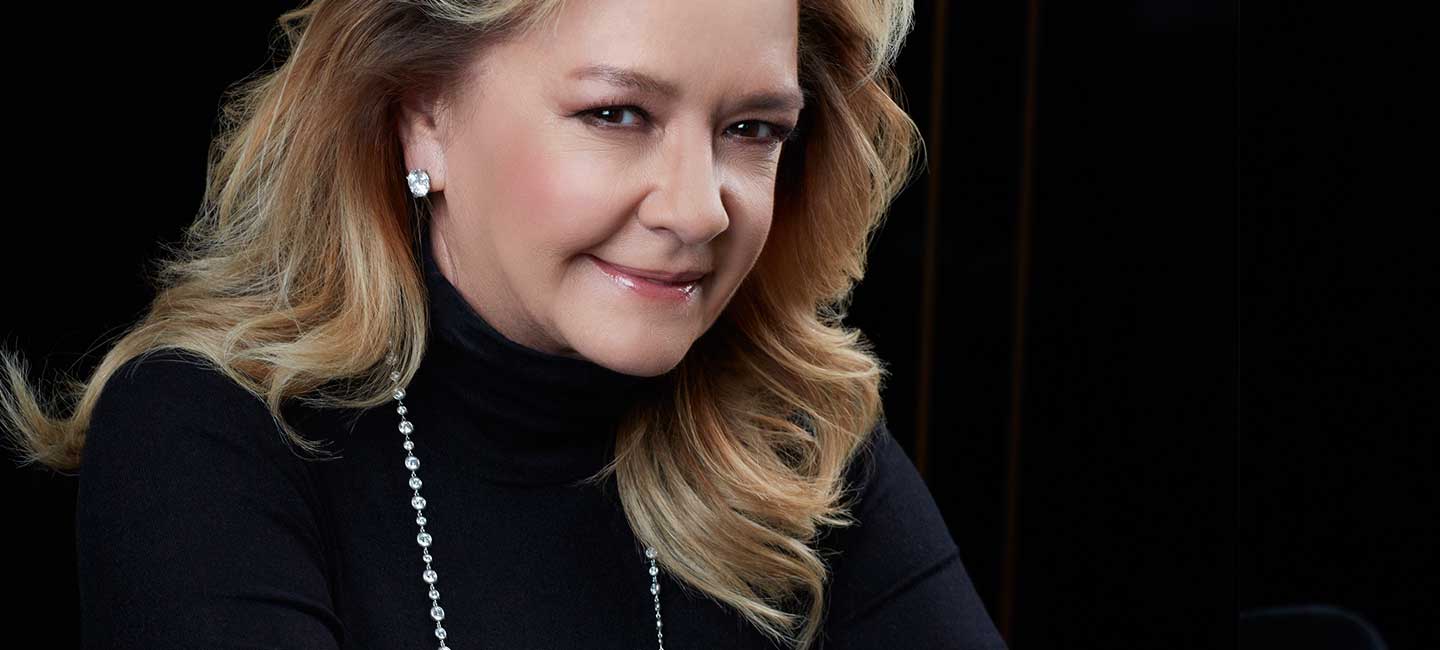
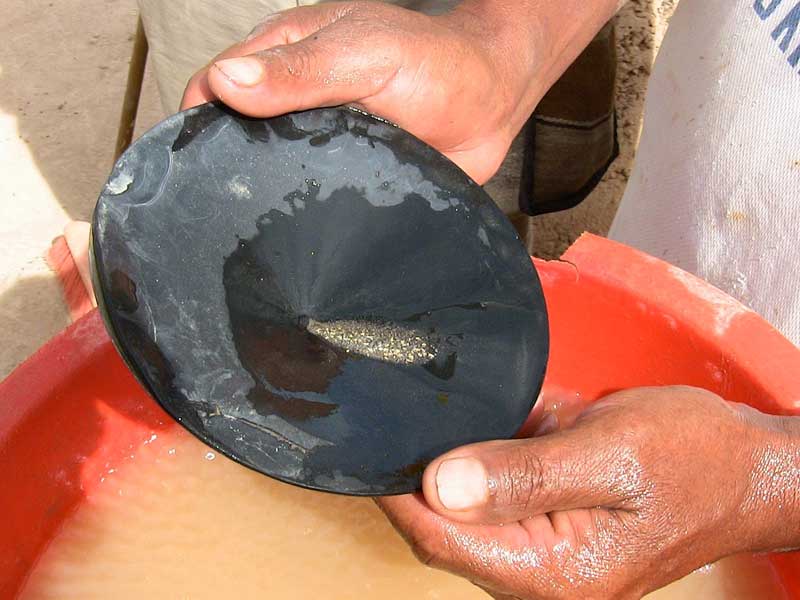
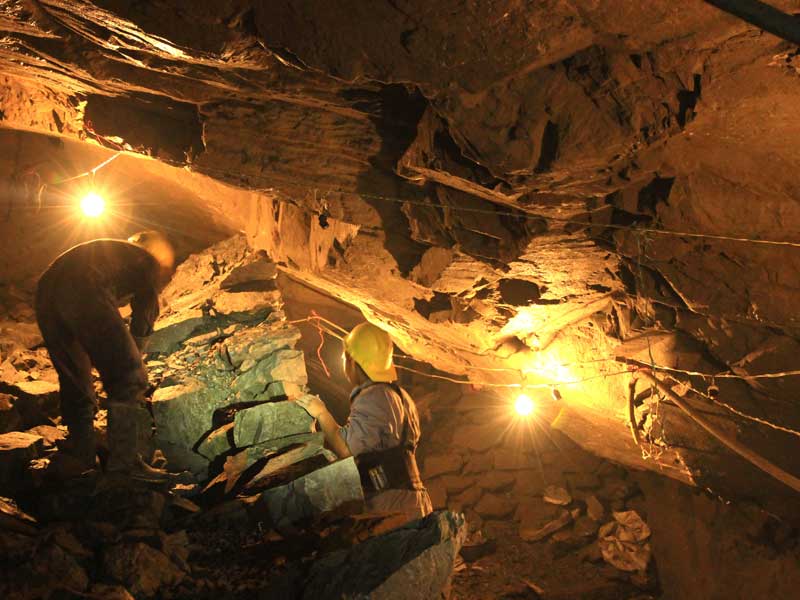
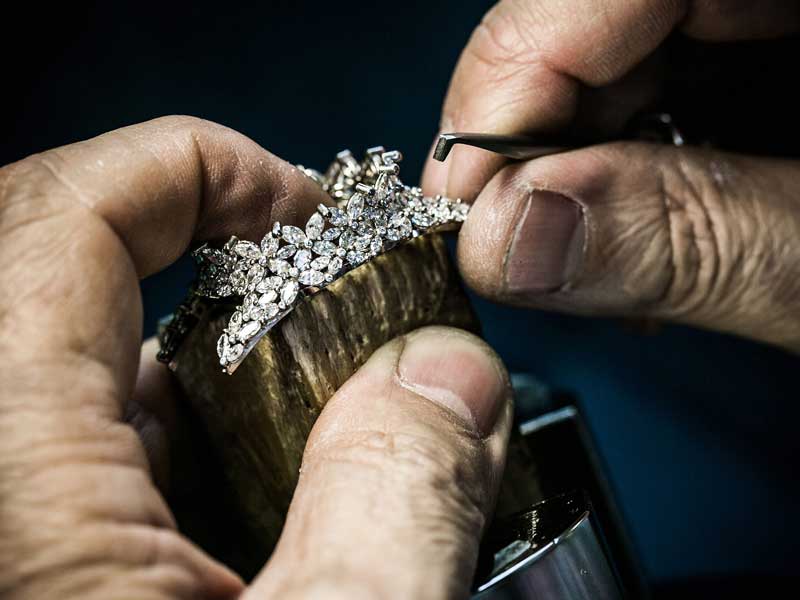
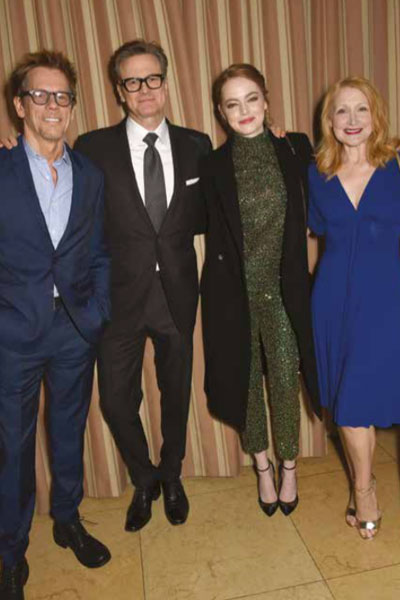

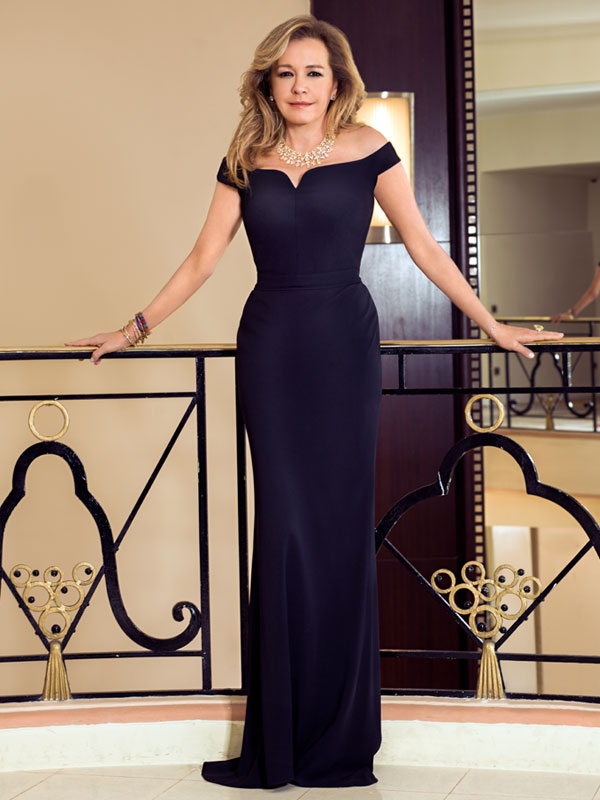
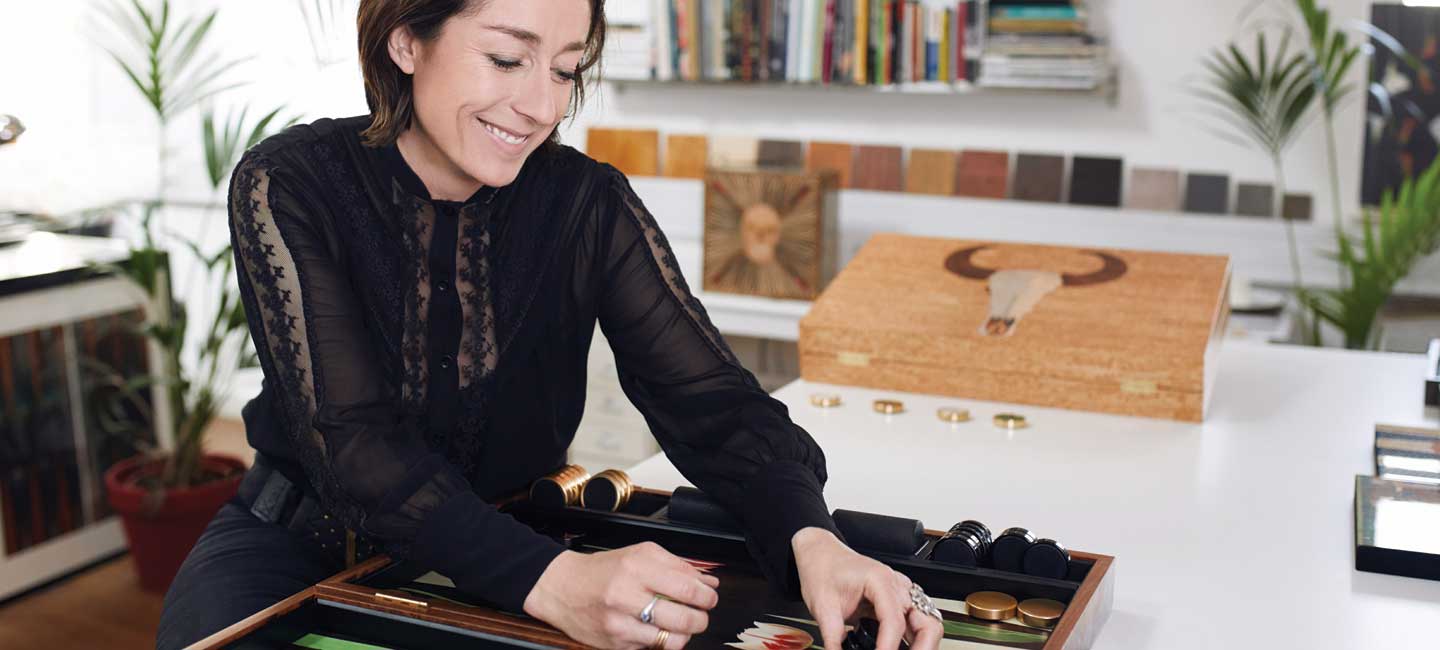
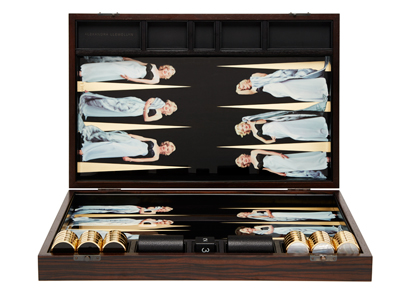 I-M: When did you start making game boards?
I-M: When did you start making game boards?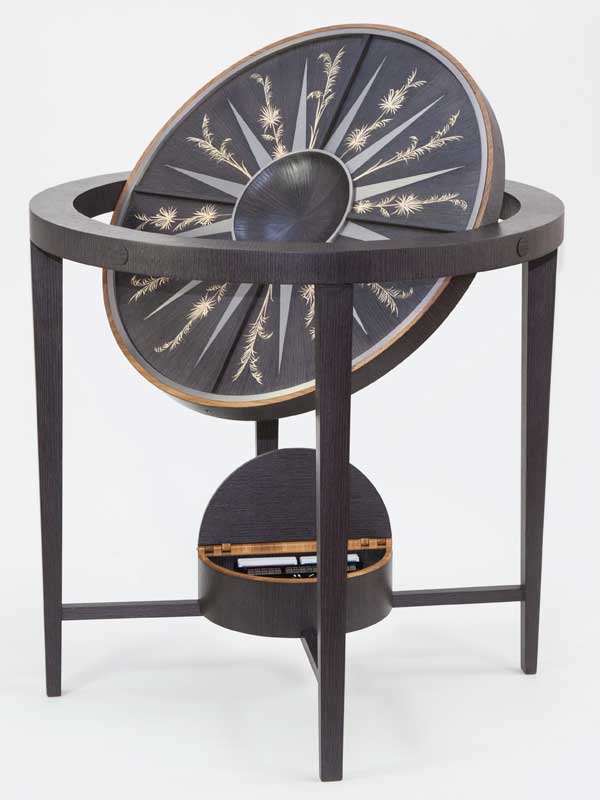
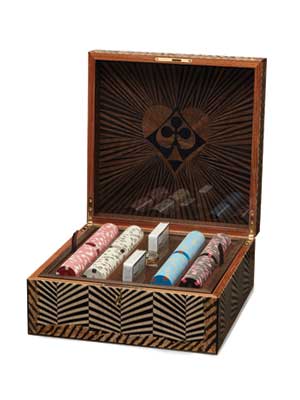
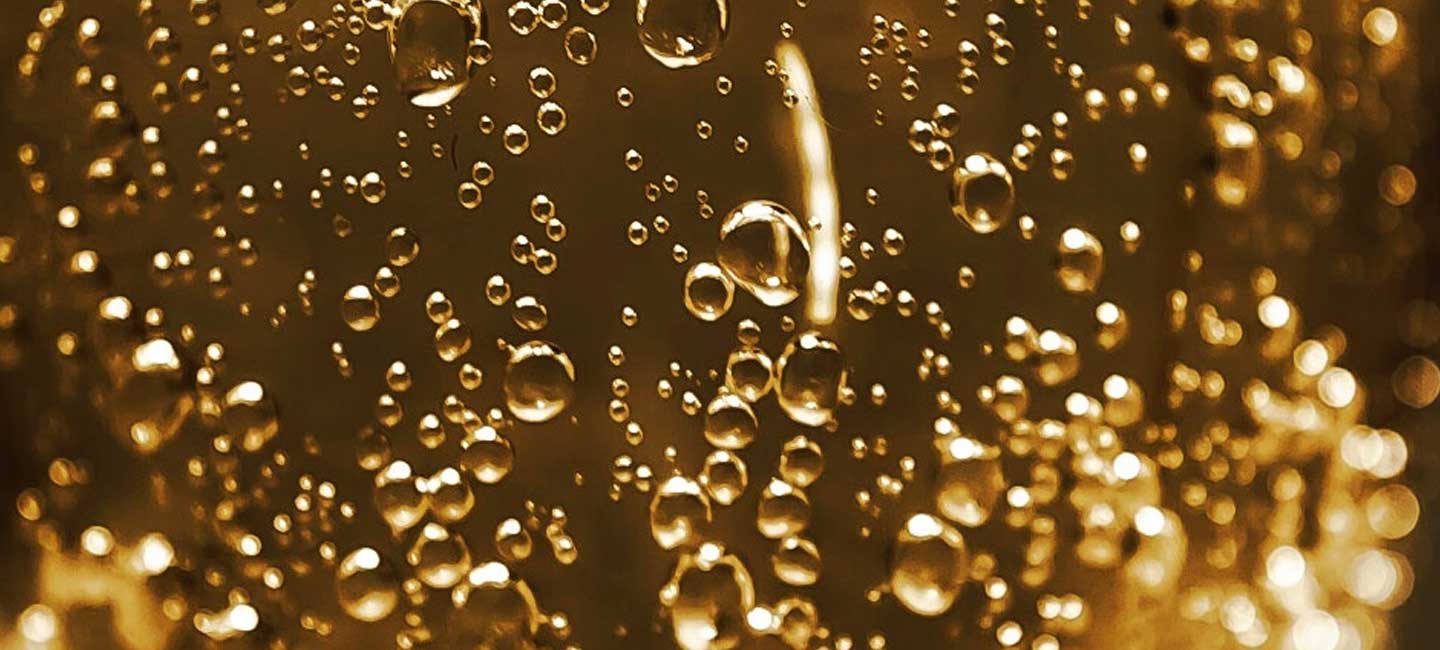


 Nadja Swarovski: Aged just 25, Nadja joined the 100 year old family business and changed it forever. In the last 22 years she has brought Swarovski to the very top of fashion and contemporary design, launching many an illustrious career in the process, like that of Alexander McQueen or Hussein Chalayan.
Nadja Swarovski: Aged just 25, Nadja joined the 100 year old family business and changed it forever. In the last 22 years she has brought Swarovski to the very top of fashion and contemporary design, launching many an illustrious career in the process, like that of Alexander McQueen or Hussein Chalayan. Karen Adler: After 20 years in the film industry, in 2015 Karen joined the 4th generation of Adlers working in the jewellery family business. Her passion and creativity, have been instrumental in taking the brand to the next level of global success, together with her cousin Allen Adler and his wife Daisy Adler.
Karen Adler: After 20 years in the film industry, in 2015 Karen joined the 4th generation of Adlers working in the jewellery family business. Her passion and creativity, have been instrumental in taking the brand to the next level of global success, together with her cousin Allen Adler and his wife Daisy Adler. Maria Hatzistefanis: Maria says that getting fired for her banking job at the age of 25 was the best thing that ever happened to her. A couple of years later she had founded Rodial, a cosmetic business that today is worth £100million, and she did it all without a single penny from investors.
Maria Hatzistefanis: Maria says that getting fired for her banking job at the age of 25 was the best thing that ever happened to her. A couple of years later she had founded Rodial, a cosmetic business that today is worth £100million, and she did it all without a single penny from investors. Carolanne Minashi: As Global Head of Diversity & Inclusion at UBS, Carolanne is focused on fixing the system rather than fixing the women. She has been driving a cultural change agenda to have a greater number of Women in Senior Leadership roles. She is a member of the Women’s Leadership Board at the Women and Public Policy unit at Harvard Kennedy School, a Chartered Fellow of the British Chartered Institute for Personnel and Development.
Carolanne Minashi: As Global Head of Diversity & Inclusion at UBS, Carolanne is focused on fixing the system rather than fixing the women. She has been driving a cultural change agenda to have a greater number of Women in Senior Leadership roles. She is a member of the Women’s Leadership Board at the Women and Public Policy unit at Harvard Kennedy School, a Chartered Fellow of the British Chartered Institute for Personnel and Development. Justine Waddell: As Director of Kino Klassika, Justine helps develop shared expertise between archivists and curators in the UK and Russia and Eastern Europe, building relationships with fundraising bodies and sponsors and encouraging people who love cinema, literature, music, and language from the arts and business communities in the UK, Russia and CIS, to share their cultural knowledge at events.
Justine Waddell: As Director of Kino Klassika, Justine helps develop shared expertise between archivists and curators in the UK and Russia and Eastern Europe, building relationships with fundraising bodies and sponsors and encouraging people who love cinema, literature, music, and language from the arts and business communities in the UK, Russia and CIS, to share their cultural knowledge at events. Hager Jemel PhD: Hager is an Associate Professor of Management at EDHEC and Director of EDHEC Open, Leadership Innovation Centre for Diversity & Inclusion. She has been Director of the Pre-Master Year for the EDHEC Master in Management since June 1st 2017. She holds a Doctorate in Management Sciences from Institut d’Ad- ministration des Entreprises de Lille. She has 13 years of experience in Management lecturing and research, and commands strong expertise in the CSR and diversity fields.
Hager Jemel PhD: Hager is an Associate Professor of Management at EDHEC and Director of EDHEC Open, Leadership Innovation Centre for Diversity & Inclusion. She has been Director of the Pre-Master Year for the EDHEC Master in Management since June 1st 2017. She holds a Doctorate in Management Sciences from Institut d’Ad- ministration des Entreprises de Lille. She has 13 years of experience in Management lecturing and research, and commands strong expertise in the CSR and diversity fields. Eve de Haan: Eve has a degree in Theology and has explored many fields
Eve de Haan: Eve has a degree in Theology and has explored many fields Kim Vanessa Kortlepel: She is not even 25 and Kim has already
Kim Vanessa Kortlepel: She is not even 25 and Kim has already Hazel Hurley: Her photography is enigmatic and provocative. It makes you smile and it makes you think, and in occasions, it makes you cringe. At just 22 years of age, Hazel has already participated in a variety of exhibitions including shows at Henley Festival, Café Royal and Freud Bar… Hazel Hurley is an artist who knows who she is and perfectly reflects in her art the young culture of the times we live in.
Hazel Hurley: Her photography is enigmatic and provocative. It makes you smile and it makes you think, and in occasions, it makes you cringe. At just 22 years of age, Hazel has already participated in a variety of exhibitions including shows at Henley Festival, Café Royal and Freud Bar… Hazel Hurley is an artist who knows who she is and perfectly reflects in her art the young culture of the times we live in. Beth Cullen-Kerridge: Beth is a celebrated sculptor who has firmly established her singular vision upon the contemporary art scene. She honed her craft producing works for Edwardo Paolozzi, Elisabeth Frink and Alberto Giacometti, before becoming a studio assistant for Mike Bolus and Sir Antony Caro. She has worked on projects with Sir Norman Foster on the Millennium Bridge, Richard Rodgers at The Tate, and a number of shows at the Venice Biennale. Her recent 16-foot-high Carrera ‘Dhow Sail’ marble sculpture installation for Dubai Opera received worldwide critical acclaim and in November 2017 Beth was awarded the ‘Global art prize for sculpture’.
Beth Cullen-Kerridge: Beth is a celebrated sculptor who has firmly established her singular vision upon the contemporary art scene. She honed her craft producing works for Edwardo Paolozzi, Elisabeth Frink and Alberto Giacometti, before becoming a studio assistant for Mike Bolus and Sir Antony Caro. She has worked on projects with Sir Norman Foster on the Millennium Bridge, Richard Rodgers at The Tate, and a number of shows at the Venice Biennale. Her recent 16-foot-high Carrera ‘Dhow Sail’ marble sculpture installation for Dubai Opera received worldwide critical acclaim and in November 2017 Beth was awarded the ‘Global art prize for sculpture’. Alexandra Llewellyn: After years of studying and training, Alexandra opened her Design Studio in 2010, in which she creates custom-made games tables and boards, all made in the UK and all of which can be personalised or bespoke commissioned. Alexandra’s designs are owned by clients such as Sir Richard Branson, Elle Macpherson, Mark Ronson, Paloma Faith… and even Royalty! She fell in love with backgammon as a child in Cairo… as she strolled through the streets with her step-grandfather.
Alexandra Llewellyn: After years of studying and training, Alexandra opened her Design Studio in 2010, in which she creates custom-made games tables and boards, all made in the UK and all of which can be personalised or bespoke commissioned. Alexandra’s designs are owned by clients such as Sir Richard Branson, Elle Macpherson, Mark Ronson, Paloma Faith… and even Royalty! She fell in love with backgammon as a child in Cairo… as she strolled through the streets with her step-grandfather. Day-z: Enigmatic urban artist Day-z combines techniques learned from the Masters with current culture to create a signature style that fuses street and fine art. Some of Day-z’s more mischievous antics include sticking up pieces on the Tate Modern and taking on parking wardens with her celebrated ‘parking ticket’ sticker. Day-Z had a hugely successful first solo show in 2017 selling the vast majority of all of her original works and prints.
Day-z: Enigmatic urban artist Day-z combines techniques learned from the Masters with current culture to create a signature style that fuses street and fine art. Some of Day-z’s more mischievous antics include sticking up pieces on the Tate Modern and taking on parking wardens with her celebrated ‘parking ticket’ sticker. Day-Z had a hugely successful first solo show in 2017 selling the vast majority of all of her original works and prints. Dame Jessica Ennis-Hill: In her 20 years career as an athlete, Jessica
Dame Jessica Ennis-Hill: In her 20 years career as an athlete, Jessica Kamin Mohammadi: Kamin Mohammadi is an author, journalist, broadcaster and public speaker. Born in Iran, she and her family moved to the UK during the 1979 Iranian Revolution. Her journalism has been nominated for an Amnesty Human Rights in Journalism award in the UK, and for a National Magazine Award by the American Society of Magazine Editors in the US. She has authored two books and has spoken on Iranian issues at universities, conferences and peace events. An avid commentator, she has appeared on many radio programmes in the Uk and abroad, taken part in the BBC television documentary Iranian Enough? and helped to write and co-present the BBC World Service’s three-part radio documentary Children of The Revolution.
Kamin Mohammadi: Kamin Mohammadi is an author, journalist, broadcaster and public speaker. Born in Iran, she and her family moved to the UK during the 1979 Iranian Revolution. Her journalism has been nominated for an Amnesty Human Rights in Journalism award in the UK, and for a National Magazine Award by the American Society of Magazine Editors in the US. She has authored two books and has spoken on Iranian issues at universities, conferences and peace events. An avid commentator, she has appeared on many radio programmes in the Uk and abroad, taken part in the BBC television documentary Iranian Enough? and helped to write and co-present the BBC World Service’s three-part radio documentary Children of The Revolution. Sophie Christiansen: Born with cerebral palsy, at 6 years of age Sophie
Sophie Christiansen: Born with cerebral palsy, at 6 years of age Sophie Inger Andersen: As Director General IUCN, Inger brings passion for conservation and sustainability with more than 30 years of experience in international development economics, environmental sustainability and policy-making, as well as in designing and implementing projects and generating on-the-ground impact. She has played a key role in supporting riparian countries on international water management and hydro-diplomacy. Prior to joining IUCN, she held various leadership roles at the World Bank and at United Nations.
Inger Andersen: As Director General IUCN, Inger brings passion for conservation and sustainability with more than 30 years of experience in international development economics, environmental sustainability and policy-making, as well as in designing and implementing projects and generating on-the-ground impact. She has played a key role in supporting riparian countries on international water management and hydro-diplomacy. Prior to joining IUCN, she held various leadership roles at the World Bank and at United Nations. Dr Vreni Häussermann: As as a marine zoologist, Vreni has spent the last 20 years of her life studying the biodiversity of the Chilean Patagonia aiming at its sustainable use and conservation. Since 2003, she is the Scientific Director of the Huinay Scientific Field Station in Patagonia. Part of Dr. Häussermann’s vast amount of work is to advise both NGOs and the Chilean government on matters
Dr Vreni Häussermann: As as a marine zoologist, Vreni has spent the last 20 years of her life studying the biodiversity of the Chilean Patagonia aiming at its sustainable use and conservation. Since 2003, she is the Scientific Director of the Huinay Scientific Field Station in Patagonia. Part of Dr. Häussermann’s vast amount of work is to advise both NGOs and the Chilean government on matters Caroline Scheufele: Caroline joined the family business, Chopard, straight after finishing her studies. She brought change and innovation, which in the last years culminated in making Chopard the most sustainable jewellery brand in the world, working with the Alliance for Responsible Mining (ARM), using only Fairmined certified ethically sourced gold as well as sustainably sourced opals and emeralds. She founded the Green Carpet Challenge as a benchmark against which brands can measure themselves, showing a commitment to ethical social and environmental behaviour in the workplace and through supply chains.
Caroline Scheufele: Caroline joined the family business, Chopard, straight after finishing her studies. She brought change and innovation, which in the last years culminated in making Chopard the most sustainable jewellery brand in the world, working with the Alliance for Responsible Mining (ARM), using only Fairmined certified ethically sourced gold as well as sustainably sourced opals and emeralds. She founded the Green Carpet Challenge as a benchmark against which brands can measure themselves, showing a commitment to ethical social and environmental behaviour in the workplace and through supply chains. Olga Murray: Olga founded the Nepal Youth Foundation in 1990 to help impoverished children in Nepal and free young girls from slavery.
Olga Murray: Olga founded the Nepal Youth Foundation in 1990 to help impoverished children in Nepal and free young girls from slavery. Suzanne Ruggles: Suzanne founded Full Circle Fund Therapies with the
Suzanne Ruggles: Suzanne founded Full Circle Fund Therapies with the Lise Pape: Straight after graduation, Lise immersed herself in a
Lise Pape: Straight after graduation, Lise immersed herself in a Christiana Longarini: Christiana is a sensible, sensitive, family oriented woman with a highly developed sense of ethics, solidarity and welfare. Known professionally for her innovative and creative approach to business, she was called to run the VSY shipyard which she transformed in a very short time into an ethical construction specialist, leading the sustainability argument in the yacht building industry.
Christiana Longarini: Christiana is a sensible, sensitive, family oriented woman with a highly developed sense of ethics, solidarity and welfare. Known professionally for her innovative and creative approach to business, she was called to run the VSY shipyard which she transformed in a very short time into an ethical construction specialist, leading the sustainability argument in the yacht building industry. Koo Stark: Koo Stark is a writer, teacher, actress and most importantly, a photographer. She is also a long-time student of HH the Dalai Lama, whose friendship and teachings gave Koo the insight to meditate on the potential of capturing the beauty of life through photography and using the medium as a means of non-verbal communication. Harassed by paparazzi for many years, she initiated legal actions that would end up in the creation of the law on privacy in this country.
Koo Stark: Koo Stark is a writer, teacher, actress and most importantly, a photographer. She is also a long-time student of HH the Dalai Lama, whose friendship and teachings gave Koo the insight to meditate on the potential of capturing the beauty of life through photography and using the medium as a means of non-verbal communication. Harassed by paparazzi for many years, she initiated legal actions that would end up in the creation of the law on privacy in this country. Harriet Harman MP: She is the longest-serving female MP (since 1982) and has been politics’ most prominent champion for women’s rights, introducing the National Childcare Strategy, All Women Shortlists, the Equality Act and changing the law on domestic violence.
Harriet Harman MP: She is the longest-serving female MP (since 1982) and has been politics’ most prominent champion for women’s rights, introducing the National Childcare Strategy, All Women Shortlists, the Equality Act and changing the law on domestic violence.
